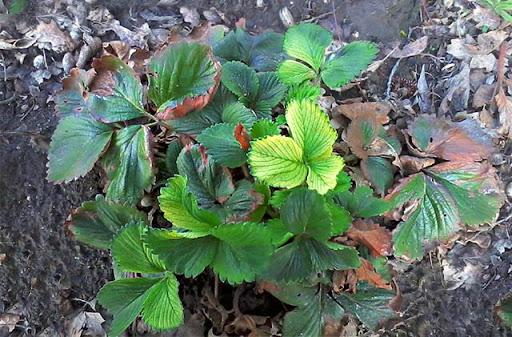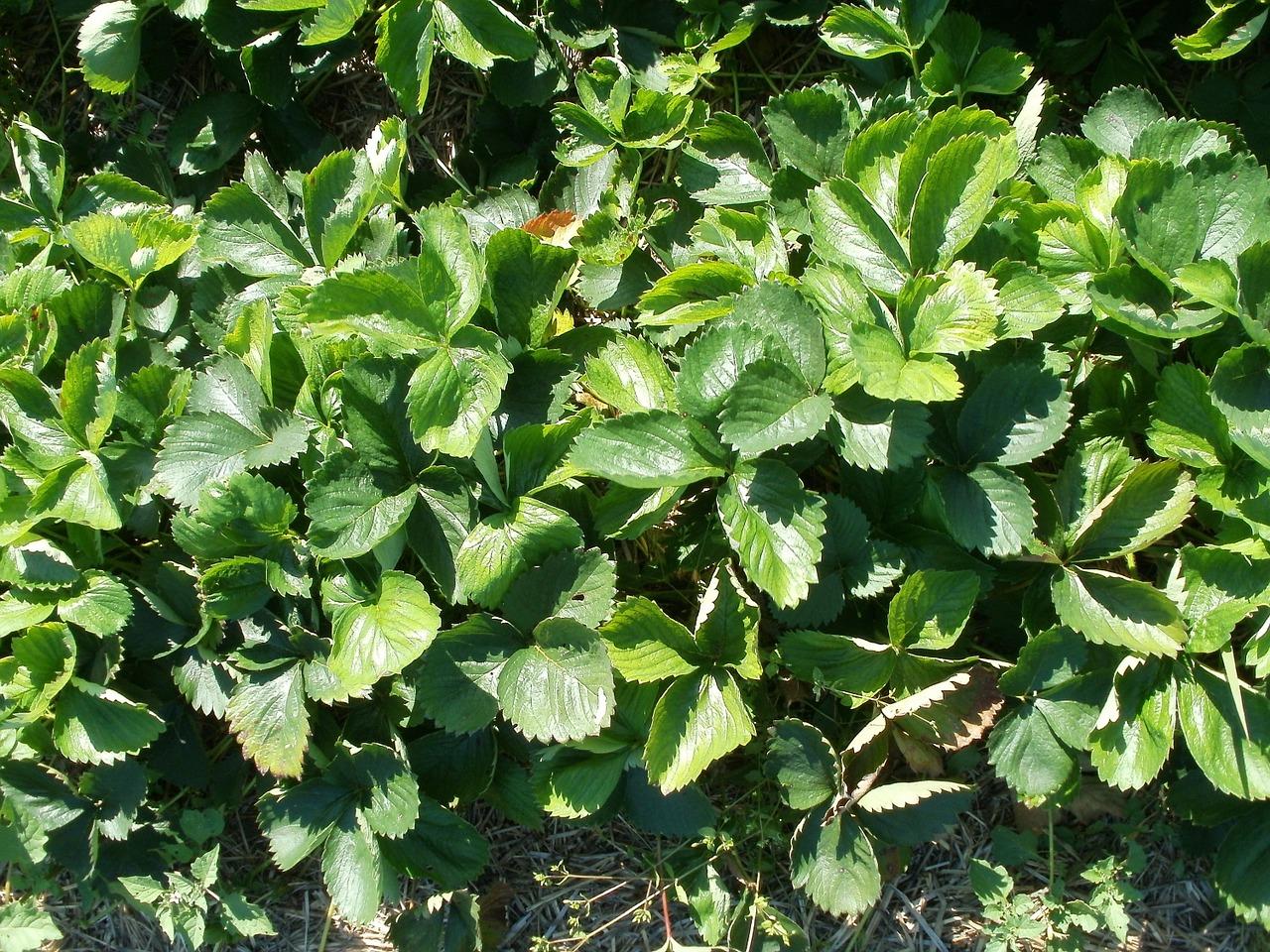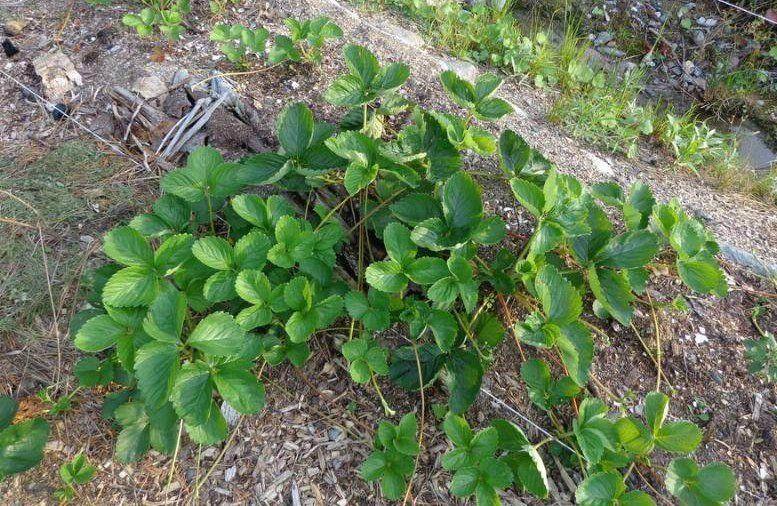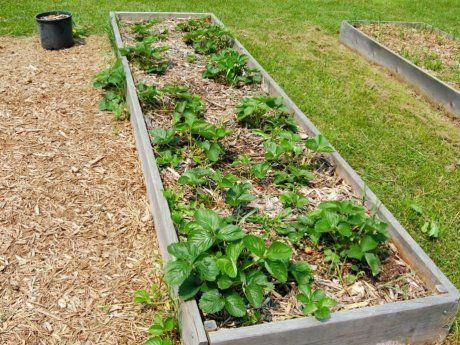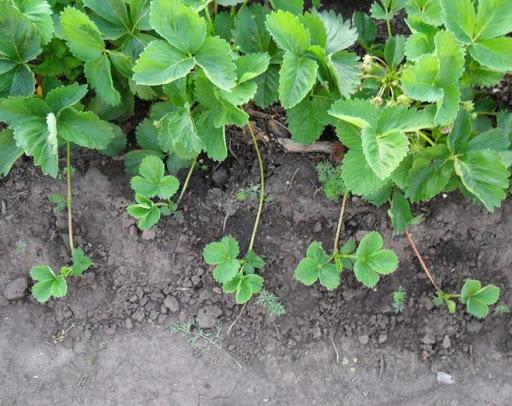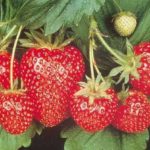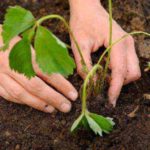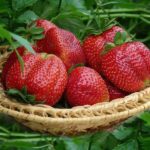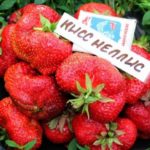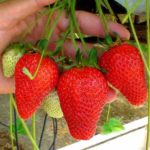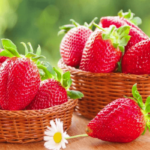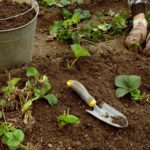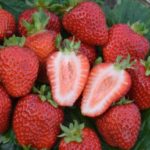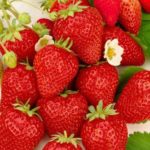Strawberries, or garden strawberries, are grown by domestic gardeners in almost all regions. These aromatic berries are the first to saturate the body with vitamins and beneficial minerals after a long winter. There are no particular difficulties in caring for the plant, but sometimes gardeners notice that some strawberry bushes do not bloom or bear fruit; why this happens is worth understanding before starting to grow this crop.
Mistakes were made during landing
If you violate the rules and timing of planting garden strawberries, the bushes will not only not bear fruit, but will also not form flower buds at all. If strawberries were planted in open ground last season, and the next spring the gardener did not find any color on them, it means that the procedure was carried out too late. The plant did not have time to properly take root in the new place before the onset of cold weather, so it did not form flower buds and, accordingly, berries. Garden strawberries planted in the fall may not survive the winter at all and may freeze. The best time to plant bushes is the last days of July or the beginning of August.
If the gardener nevertheless missed the summer deadlines and started work in September, he should be prepared for the fact that there will be no harvest in the first year. In spring and summer, strawberry bushes will continue to form a root system and increase leaf mass, and the berries will appear only after a year.
The same applies to the spring planting of garden strawberries: this year there will be no flowers or berries on the bushes. The first harvest will please the gardener only next season.
Another reason for the lack of flowering is considered to be incorrectly chosen planting depth. If the hearts of the plant are underground, and not at ground level, this leads not only to a lack of fruiting, but also to rotting of the bushes and their death. But even if the hearts are completely exposed, this will cause the strawberries to dry out soon.
Lack of nutrition
It is impossible to make strawberries bloom without adding nutrients. Garden strawberries require both organic and mineral fertilizers. If the soil at the growing site is poor, fertilize the plants as follows:
- Fertilizers are applied for the first time in early spring, as soon as the snow melts.It is important to do this before the first leaves bloom. The first fertilizing must include nitrogen, which promotes the growth of green mass and shoot growth. Make a mixture, adhering to the following proportions: 1 tablespoon of ammonium sulfate and 2 cups of mullein per 10 liters of water. Bushes are watered with this solution at the rate of 1 liter per 1 specimen.
- The next time garden strawberries are fertilized is in mid-May, before flowering begins. To improve the taste of the fruit at this time, fertilizers containing potassium are used. You can use mullein infusion or potassium nitrate in the amount of 1 teaspoon per 10 liters of water.
- To get a harvest of large fruits, another feeding is carried out at the stage of ovary formation. Use any complex mineral fertilizer, applying it using the foliar method.
Fertilizers consisting of natural ingredients - wood ash, iodine, bread crusts - are also considered useful.
Excess nutrition
Excessive application of nutritional complexes is just as harmful to plants as their deficiency. With an excess of fertilizers, strawberries begin to grow dense foliage to the detriment of flowers and fruits. An overdose of nitrogen is especially dangerous. If a gardener notices that the strawberry bushes have grown excessively in leaf mass, it is worth reviewing the schedule and composition of fertilizing. In addition, it is necessary to water the garden strawberry plantings abundantly in order to quickly wash out nitrogen from the soil.
Lack of lighting
Due to the lack of sunlight, garden strawberries do not lay flower buds, from which berries are subsequently formed. The area for growing crops should be illuminated by the sun throughout the day.
In addition, the strawberry plantation should not be shaded by tall buildings.A plot with garden strawberries should not be located in areas blown by winds. Drafts lead to the fact that the plant begins to hurt and there is no color.
Weather
To successfully lay flower buds, garden strawberries require certain weather conditions, and this applies not only to the spring-summer season, but also to the winter. Very often, due to the lack of complete shelter in the cold season, frosts damage the hearts of the crop, and such specimens in the spring slowly begin to grow leaf mass and do not lay flower buds.
Lack of color is also caused by a rainy spring. Due to excess moisture, the root system of plants rots and the bushes disappear. When growing garden strawberries on heavy soils that do not drain water well, be sure to install a high-quality drainage system when planting bushes.
Another reason for poor strawberry flowering is extreme heat in the spring. If the gardener notices that the plant does not have enough moisture, it is necessary to organize regular and abundant watering. Without irrigation, even if the berries set, they will be small and sour.
Degeneration
Strawberries bear fruit in one place for no more than 3 years, so if a gardener notices a lack of berries on the bushes, it’s worth replanting. In the case of remontant garden strawberries, it is recommended to rejuvenate the plantings by dividing the bush. Select a new site and apply the necessary fertilizers. Young rosettes are separated from old bushes and transferred to another place.Already next season the bushes will delight you with an abundance of tasty and large berries.
Weedy or unsuitable variety for the region
In the absence of proper care, weed varieties appear on strawberry plantations that do not bloom and do not produce crops. The source of their reproduction is considered to be the planting of garden strawberry tendrils of unknown origin and seed propagation of the crop. Experienced gardeners recommend not to engage in the seed method of growing strawberries, since it does not preserve the technical characteristics of the original variety.
Weeds also appear on plantations in cases where unpicked ripe berries remain on the bushes. Their seeds spread throughout the area, germinate and choke out fruiting strawberry varieties. Of all the weed varieties, Bakhmutka, Zhmurka, Podveska and Dubnyak are dangerous for garden strawberries. They are characterized by a rapid growth rate and aggressive barn formation.
When choosing a strawberry variety for your plot, a gardener should pay attention to its frost resistance characteristics. The lack of harvest is a consequence of an incorrectly selected option for your region. Bushes that are frozen in winter develop poorly and do not form flower buds.
Possible diseases
The development of diseases and the lack of their prevention also affects the quality of flowering and fruiting. Among the particularly dangerous diseases of strawberries, the following are noted:
- Gray rot. The causative agent is the fungus botrytis, its development is favored by rainy weather. As a preventive measure, the fungicidal drug Fitosporin is used, which is sprayed on the bushes a week before the expected flowering.
- Late blight. With this disease, flower stalks wither and berries do not set.If measures are not taken in time, strawberry bushes die 2 years after infection. For treatment and prevention, Trichodermin or Planriz are used, spraying strawberries 2-3 times during the growing season.
Pest attack
The lack of a bountiful harvest is also caused by insect pests that cause damage to young bushes. Most often found on plants:
- Strawberry leaf beetle. The insect settles on the reverse side of the leaf blade and lays eggs there. Young leaf beetles actively eat leaves, causing the bushes to wither and stop fruiting. To repel the pest, use tobacco dust and regularly loosen the soil between the rows.
- Nematode. This pest causes deformation of buds and ovaries. Subsequently, the bushes begin to lag behind in development and cease to provide joy with berries. For prevention, crop rotation is observed and the soil is disinfected before planting young bushes. Affected plants are immediately dug up and removed from the site.
If you provide strawberries with competent agrotechnical care, they will delight you with a harvest of large and fragrant berries every season.

